The strong ocean current called the Gulf Stream conveys warm, dense, salty water from the Gulf of Mexico northeastward across the Atlantic Ocean. When the water reaches the North Atlantic, it cools, sinks, and begins flowing southwestward, moving all the way to the Southern Ocean, which it reaches centuries later. Those northerly and southerly currents, as well as others, make up the Atlantic Meridional Overturning Circulation (AMOC). Without the AMOC, ice would block Northern Europe’s ports in winter. It was therefore alarming when, in 1995, climate scientists predicted that climate change could shut down the AMOC entirely by 2200 [1]. Now Gerrit Lohmann of the Alfred Wegener Institute in Germany and his collaborators have added new details to what that shutdown might look like [2]. Their high-resolution simulations indicate that while on a planetary scale the AMOC gradually slows down, on a regional scale parts of it abruptly collapse or incongruously strengthen. “Our findings highlight the urgent need to incorporate regional dynamics into the AMOC projections, as these localized shifts could have profound impacts on climate and marine ecosystems,” Lohman says.
As global temperatures increase, ocean temperatures warm, sea ice melts, and more rain falls. The 1995 model predicted that this warming would impact the strength of the AMOC in the following way: in the North Atlantic, the warming and influx of additional fresh water would reduce the water’s salinity and density until that water no longer sunk when it cooled and thus stopped flowing south.
The AMOC’s dynamics are typically simulated using ocean–atmosphere models, which must account for the turbulent nature of large bodies of water. Playing out over tens of kilometers, this turbulence influences the sinking of Gulf Stream water in the North Atlantic Ocean. However, researchers typically limit the spatial resolution of ocean-atmosphere models to 100 km to make the models computationally practical. So eddies are only implicitly accounted for through their anticipated effects on the temperature, density, and other properties of the oceans and air. This so-called parameterization could conceivably miss important physical effects.
To reveal the effects of resolved versus unresolved processes, Lohmann and his collaborators turned to a recently developed high-resolution climate model called the Community Earth System Model (CESM) [3]. The model’s spatial resolution is 25 km in the atmosphere and 10 km in the oceans, allowing the researchers to directly simulate up-to-now unresolved processes. Lohmann and his collaborators analyzed two simulations. One, dubbed HR for high resolution, had CESM’s highest resolution. The other, dubbed LR for low resolution, had a resolution that was 10 times cruder in the ocean. Both simulations covered identical time spans (1950–2100) and accounted for identical—and unmitigated—amounts of anthropogenic carbon dioxide entering Earth’s atmosphere.
The simulation time span encompassed several past and present measurement campaigns of the AMOC’s strength. These include direct observations, as well as sea-surface temperature measurements and other proxies used to estimate the strength of the AMOC [4]. The results of those measurement campaigns suggested that the AMOC began weakening in the 19th century and then more rapidly declined in strength in the mid-20th century. The results of the HR and LR simulations of Lohmann and his collaborators match that finding, predicting a continual decline in the AMOC’s strength since 1950.
However, the HR simulation picked out differences on regional scales that the LR simulation missed. For example, over the course of the 21st century, the HR simulation predicted that the AMOC weakened in the region around where its water crosses a line between the southern tip of Greenland and the Rockall Trough off the coast of Hebrides in Scotland. But farther north, across a line that runs from northern Greenland through Iceland to northern Scotland, the HR simulation showed the AMOC strengthened. Neither of these changes was seen in the LR simulation. The two simulations also differed in their predictions for the timeline of the convection-driven sinking of dense water off the eastern coast of Greenland. In the LR simulation, it declined gradually over the span of the simulation. But in the HR simulation, it abruptly ceased after 2000. That regional tipping is consistent with the sparse observations, Lohmann says.
Since 2004 an undersea cable and an array of moored sensors have collectively monitored the AMOC’s strength along the 26° north parallel circle of latitude between the Straits of Florida and the coast of Western Sahara. Measurements show that the AMOC weakened between 2004 and 2012, when its strength started reviving. Lohmann says that the regional differences uncovered by the HR simulation cast doubt on conclusions about the AMOC’s behavior that are drawn from only one such set of local measurements.
“The findings by Lohmann are intriguing,” says oceanographer René van Westen who works at Utrecht University in the Netherlands and evaluates potential warning signs of the AMOC’s decline. He notes that the results show that ocean eddies play “an important role” in regional tipping events—potential precursors of a full AMOC collapse.



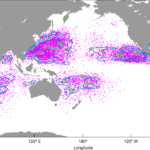



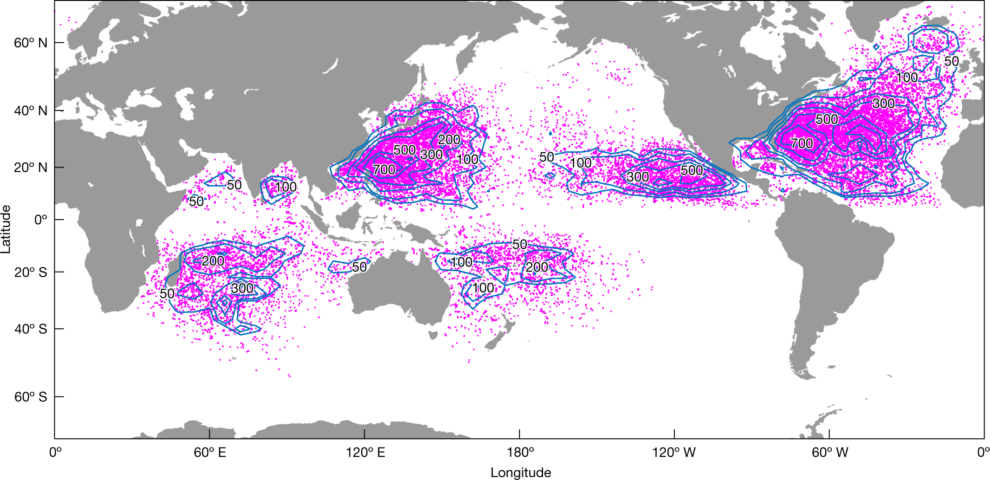
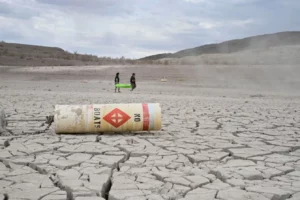
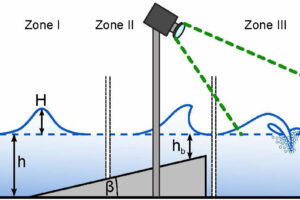
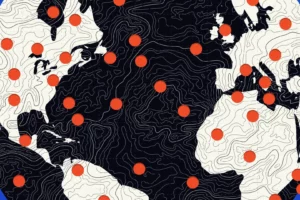
Add Comment